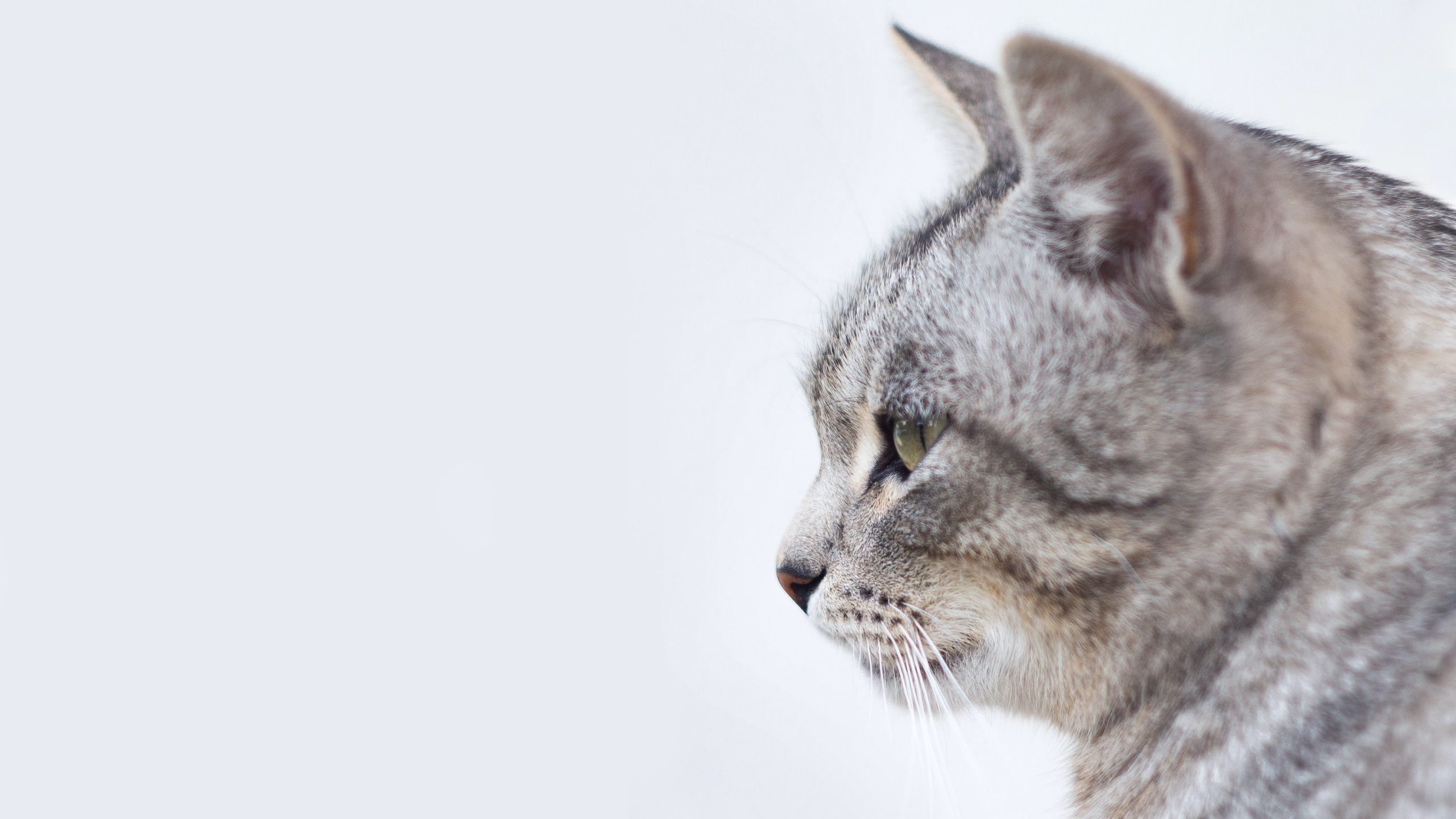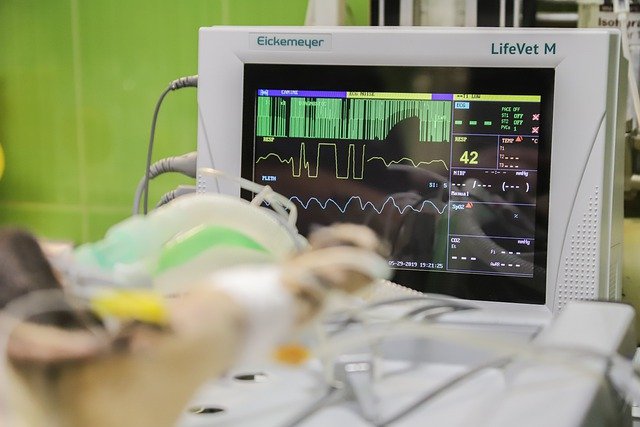Like most other ordinary activities these days, a trip to the vet feels a little different because of COVID-19. Rather than ushering their pets into a busy waiting room or narrow exam room, owners perform socially-distanced handoffs and wait in their car for the veterinarian to call or nix the car trip altogether for a tele-appointment.
In light of the current pandemic, abiding by a carefully-choreographed dropoff policy and receiving veterinary advice over digital channels feels both strange and necessary. The changes to our routines feel unusual, even uncomfortable — but they also inspire optimism, because they demonstrate the adaptability of the veterinary care industry.
While not recession-proof, the animal health services vertical has proven itself remarkably resistant to downturns. It, along with the pet industry as a whole, emerged from both the 9/11 economic dip and the Great Recession relatively unaffected. Its strong position makes sense; after all, people care about their pets, and animal illnesses don’t pause during periods of economic hardship. This trend holds true now — while veterinarian visits have dipped due to the pandemic, they are bouncing back. It seems that humans may, in hard times, take better care of their pets than themselves.
This isn’t to say that the pet sector hasn’t taken a hit from COVID-19; it has. A recent report published by Research and Markets indicates that sales have declined, and activity slowed through all market sectors. Non-medical services such as boarding and daycare have taken the hardest hit as pet owners socially isolate at home.
While CDC guidelines have similarly compelled veterinarians to decrease their patient foot traffic and limit their in-person visits to urgent cases, the persistent need for animal health services combined with increased consumer openness to curbside dropoff has allowed veterinary care providers to avoid a sharp drop in revenue. Analysts for the report further note that there has been a “sharp uptick” in veterinary telehealth services, which empower veterinarians to provide socially-distanced care.
A sudden spike in adoptions has also played a role in the animal care sector’s persistence through COVID-19. Shelters have adapted well to the pandemic by offering virtual introductions and scheduled, socially-distanced adoptions. Many have cleared out entirely as stressed adopters reach for animal companionship.
“We all recognize that animals are a source of comfort, love and stress reduction in a chaotic, unprecedented time,” Angela Speed, vice president for communications for Wisconsin Humane, told reporters for USA Today.
Moreover, people don’t only want pets — they want to take care of pets. Some in the veterinary sector believe that Millennials’ view of pets as family members has been a major factor in the persistence of the veterinary industry. According to an analysis from the American Pet Products Association (APPA), Millennials constitute the largest demographic of pet owners in the country.
As veterinarian Dawn Session commented for a recent article in the Idaho Business Times, “[During the 2008 recession], people were just dumping their animals or putting them down. It was heartbreaking. But the millennials are now part of the economy, and they really love their pets. A lot of them would rather take care of their dog or cat than buy that new car.”
Millennial’s care for their pets, as well as consumers’ willingness to embrace socially-distanced curbside service and telehealth, should give us hope that the veterinary sector will make it through COVID-19 relatively unscathed even if the pandemic resurges in the fall.






